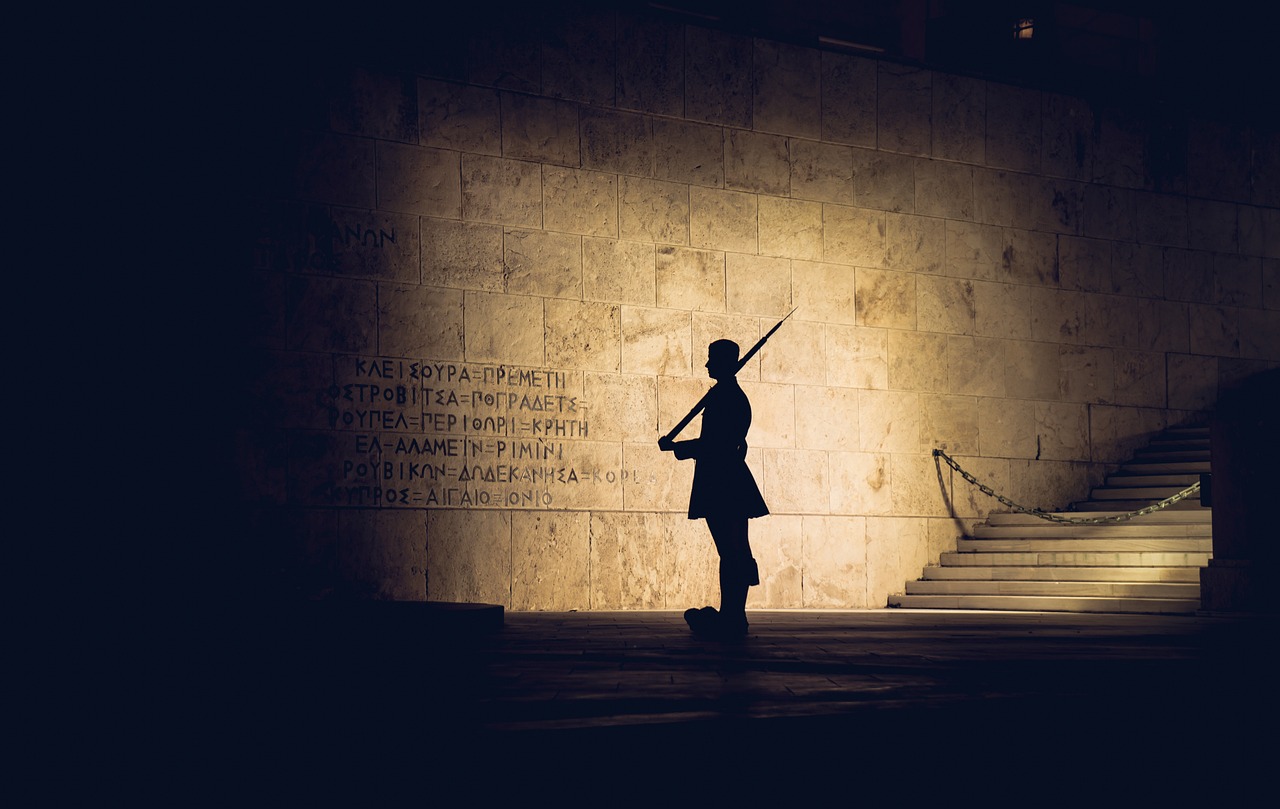Gaia, often referred to as Gaea or Ge, stands as a foundational goddess within Greek mythology, symbolizing the Earth itself. Born from the primordial state of Chaos, she is regarded as both the mother goddess and the ultimate divine figure for both mortals and deities. Her lineage is significant, with all major gods and goddesses tracing their origins back to her through unions with Uranus (Sky) and Pontus (Sea). In Roman mythology, her counterpart is known as Terra Mater or Tellus Mater.
Gaia was instrumental as the original keeper of the Oracle of Delphi, offering insights and prophecies. She played a crucial role in aiding Zeus to topple his father, Cronus, and the Titans. However, her allegiance shifted; subsequently, she sought to punish Zeus by unleashing her monstrous offspring, Typhon, upon him.
The Mother Goddess
Gaia’s role as the mother goddess is emphasized as she gave life to numerous deities. Hesiod’s Theogony recounts her emergence from Chaos, leading to the births of Uranus, Ourea (Mountains), and Pontus. In an incestuous union with her son Uranus, she produced the twelve Titans—Oceanus, Coeus, Crius, Hyperion, Iapetus, Theia, Rhea, Themis, Mnemosyne, Phoebe, Tethys, and Cronus—along with the Cyclopes and Hecatoncheires.
With Pontus, she also birthed various sea deities, confirming her position as the matriarch of the divine.
The Creation Myth & Orphism
Orphism emerged in the 6th century BCE, drawn from the insights of Orpheus during his underworld journey. This ideology posits that the cosmos started with Chronos (Time) from which Aether (Light), Chaos, and Erebus (Darkness) originated. Chronos’s formation of an egg within Aether led to the creation of Phanes, from whom Gaia and Uranus were born.
Gaia’s Conflict with Uranus
Uranus’s disdain for his offspring led to their concealment within the earth, causing Gaia considerable grief. Driven to avenge her children, she devised a plot to defeat him. In a plaintive moment, she implored her sons to assist her. Only Cronus answered her call, arming himself with a sickle forged from adamant to confront their father. When Uranus entered Gaia, Cronus seized his opportunity and castrated him, casting the severed genitals into the sea. This act beget several entities, including the Furies and Giants.
Conflict with Cronus
After marrying Rhea, Cronus, warned by Gaia and Uranus of a prophecy foretelling his downfall at the hands of his offspring, swallowed each child at birth. However, Rhea found refuge with Gaia, who aided in the birth of Zeus. Zeus, united with his siblings, ultimately confronted Cronus and the Titans in the Titanomachy. Gaia advised Zeus to release the imprisoned Hecatoncheires and Cyclopes, enhancing their chances of victory.
The Giants’ Rebellion
After the Titanomachy, Zeus and the Olympians faced another threat from the Giants, which Gaia unleashed to destroy them. Despite their immense power and size, prophecy dictated that they could only be defeated with assistance from a mortal endowed with invulnerability through a magical herb. To thwart Gaia’s plans, Zeus intervened, ensuring he would retrieve the herb himself.
The Olympians, alongside Hercules, triumphed over the Giants. In retaliation, Gaia bore Typhon, the fiercest creature ever, who clashed with Zeus but was ultimately vanquished beneath Mount Etna.
The Oracle and Its Transition
Originally, the Oracle of Delphi was under Gaia’s authority before she passed it to her daughters Themis and Phoebe, eventually leading to Apollo claiming the oracle. Historical references, such as those by Pausanias, mention Gaia appointing a prophetess at her oracle. Though Apollo is often credited with seizing the oracle, Gaia retained her status as an oracle in some regions, including Aegeira in Achaea.
Predictions from Gaia included the prophecy regarding the offspring of Zeus and Metis, foreseeing a daughter who would rival her father’s wisdom and a son who would ultimately replace him. In a bid to prevent this, Zeus swallowed Metis while she was pregnant, ultimately giving rise to Athena from his own forehead.
Flora and Cult Worship
The connection between Gaia and the earth is evident in hymns dedicated to her, painting her as the source of all life. The Homeric Hymn to Gaia epitomizes her as the nurturing foundation of existence—a figure who provides the sustenance required for both land and sea.
Worship of Gaia flourished across various sites in ancient Greece, with altars and temples established in her honor. Locations such as Athens, Olympia, and Tegea held sacred places dedicated to Gaia, highlighting her importance in both religion and mythology. Furthermore, in contemporary times, Gaia’s name has emerged in various domains, including health and wellness platforms as well as scientific endeavors aimed at understanding the cosmos.
The Gaia Hypothesis
The Gaia Hypothesis, conceptualized notably by British scientist James Lovelock, envisions Earth as a singular, self-regulating organism supportive of life. It emphasizes the interconnectedness of all life forms and the necessity of harmony for survival, articulating a deeper understanding of the complex ecological systems that sustain the planet.



